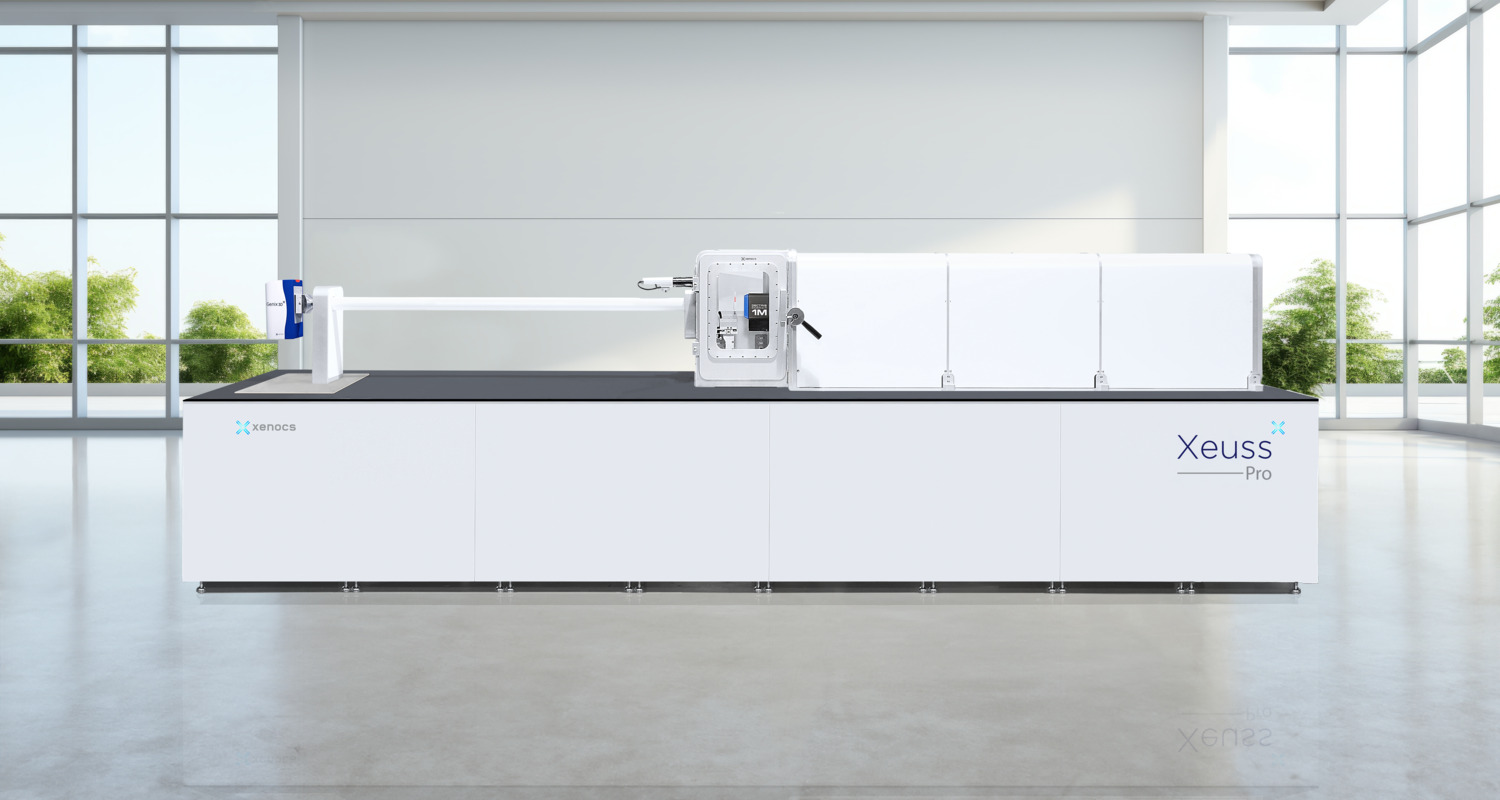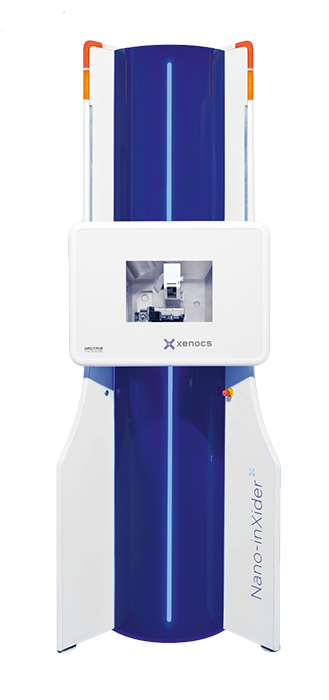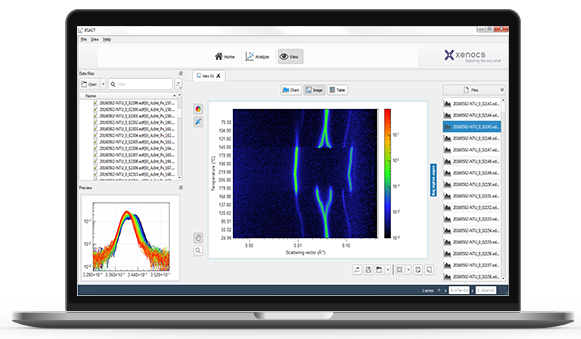Do you want to improve the turnover frequency of a heterogeneous catalyst, control the growth of silica colloids during production, or enhance the mechanical properties of nanocomposites?
Nanoparticles & colloids
Characterization at the nanoscale can help you find answers.
With X-ray scattering in your lab, you can for example:
- Measure the size and shape of catalytic nanoparticles and concentration of particles in dispersion
- Characterize the growth-mechanism and self-assembly of silica particles
- Measure the particle size distribution in colloids dispersions, in powders or in polymer matrix
- Determine the alignment of carbon nanotubes during processing
Obtaining accurate nanoparticles size distribution from SAXS measurements in the lab
This application example demonstrates how laboratory SAXS measurements on large nanoparticles (> 100 nm) can accurately determine the size distribution even for bi-modal population of closely sized particles.
SAXS is suitable for the analysis of both dilute and turbid suspensions as well as solid matrixes with particles
Particle size distribution, pore size distribution, concentration and volume fraction, specific surface, nanoparticle and macromolecular shape?
What do you want to measure?
Want to learn more on SAXS for nanoparticles & colloids?
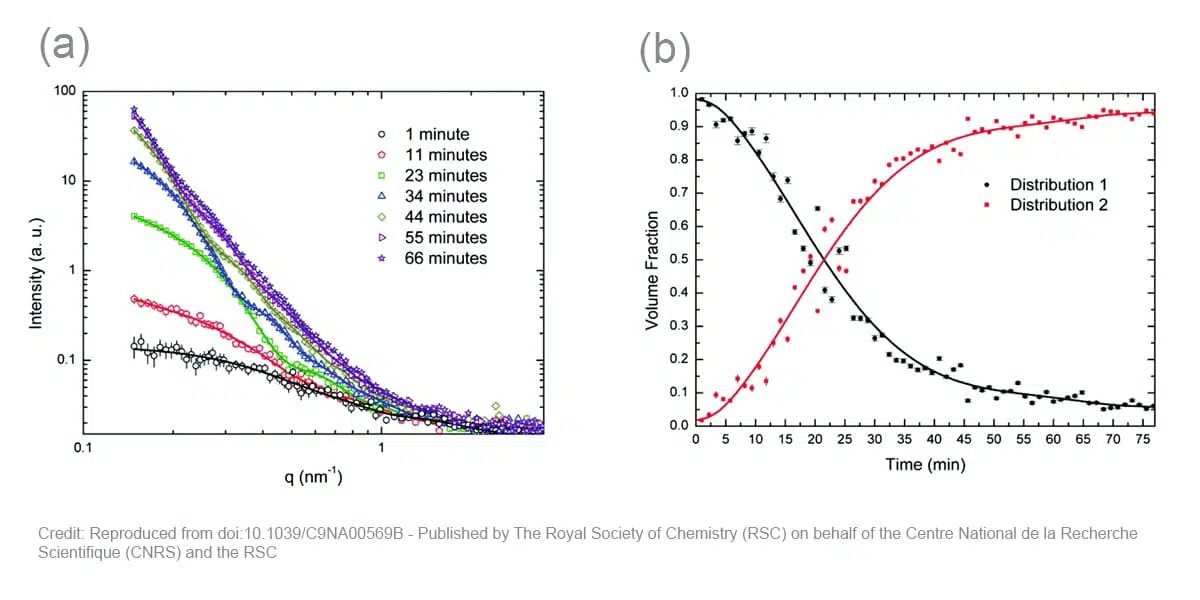
In-situ Small Angle X-ray Scattering for nanoparticle characterization
Nanoparticles are small particles, with at least one dimension between 1 and 100 nanometers. Their high surface-to-volume ratio provides them with unique properties which makes them attractive for use in highly technological as well as more trivial applications, for example […]
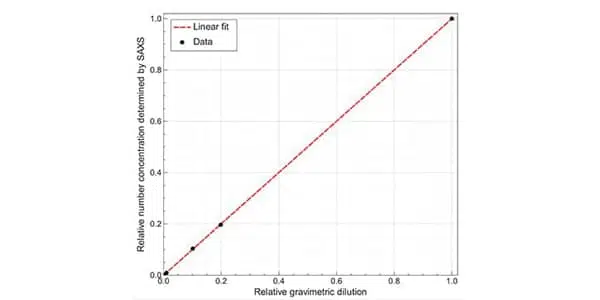
Number concentrations for Gold Nanoparticles: robust and traceable measurements in the lab
Nanoparticles (NPs) are an essential building block for the development of new materials with improved properties, e.g. optical, thermal or mechanical. Parameters such as the particle size, shape and concentration must be [..]
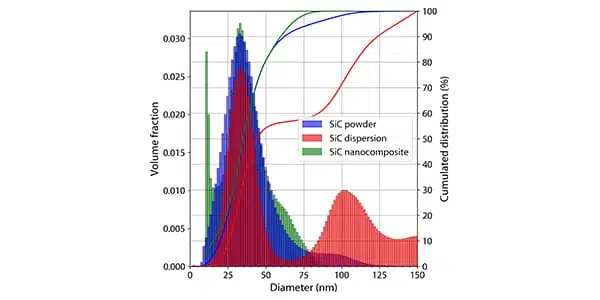
Size distribution of nanoparticles: powders, dispersions and composites
Nanoparticles are being produced at an increasing rate and have become an essential building block for the development of new materials with improved properties. The performance of the final products depends not only on the chemical nature of the nanoparticles but also […]
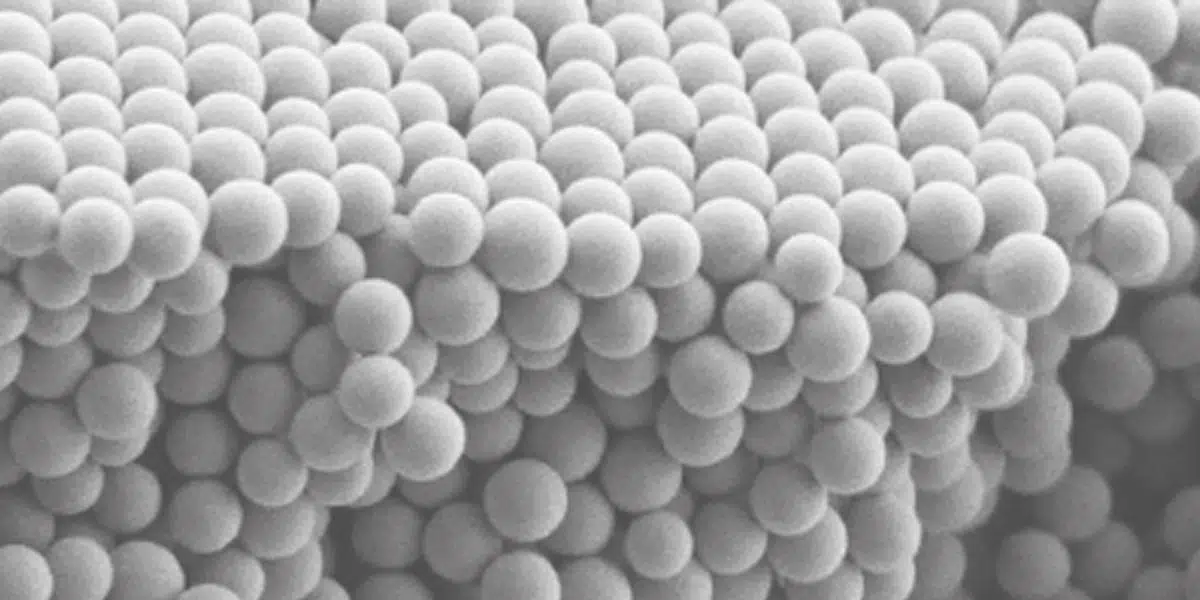
Size distribution of Gold Nanoparticles
NPs are used even at very low concentration in many applications such as coatings, cosmetics or drug delivery. The performance of the final product depends not only on the chemical nature of the NPs but also on their shape, size and specific surface area. It is therefore essential to […]
Some of our customers
using X-ray scattering for their study of nanoparticles and colloids








Customer publications
Discover how scientists use Xenocs instruments for their research & publications
Products
Discover our products relevant to nanoparticles and colloids research.
Xeuss Pro
The Ultimate Solution for Nanoscale Characterization using SAXS/WAXS/GISAXS/USAXS/Imaging
